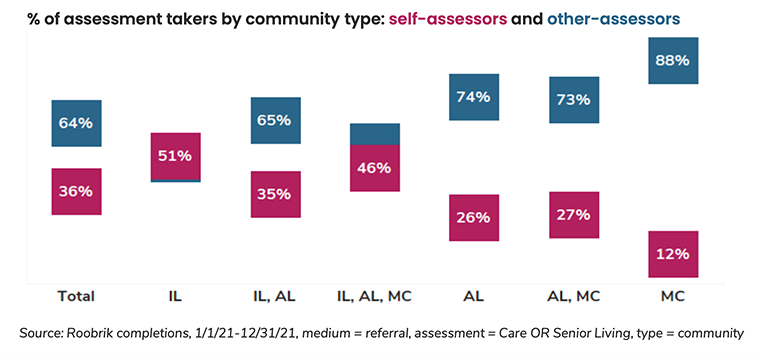Anatomy of our Assessment: Driving Concerns
This feature is a question-by-question analysis of our “Is it time to get help?” assessment, and how it translates to helping families move forward and make deeper connections with our clients. For more, check out “23 Questions: The Science Behind the Survey,” and subsequent “Anatomy of Our Assessment blog posts like “Getting Personal,” about Question Zero and “Anatomy of our Assessment: Let’s Talk,” an insightful look at question #1.
We talk a lot about “meeting people where they are” when they’re looking for senior care. For us, that means two things.
First, where are they telling us they want to start their relationship with us and our clients? Increasingly, that’s on the Internet. Like buyers in other sectors, they expect to be able to do as much of their research online as possible, only reaching out when they feel informed and empowered with information.
Second, they expect experiences that understand their buying journey and meet them along the way. For some visitors to senior living websites, room layout tools or live chat may meet that expectation. For many of our clients and the families they reach, however, what’s needed is a tool that recognizes the difficulty of the decision process and meets them empathetically where they are.
What Does All of this Have to do with Driving?
Like memory or home safety concerns, driving is a gateway issue; the first time someone really thinks about the changes ahead. Maybe dad misses a stop sign or a family member notices scrapes on the fender. What does it mean and what, if anything, should be done about it? (This is such a common dilemma that we created a whole assessment for it.)
Each situation is, of course, unique. But we can tell you that driving concerns are a key factor in making a senior living decision. Families are weighing safety issues against the fallout from loss of independence and resulting isolation. Families may not even be aware that there are residential care options that can help dad stay safe, engaged, and cared for if he’s no longer able to drive.

Beyond Yes or No
When we ask if the person in question is still driving, we don’t just provide options for “Yes” and “No.” There is a middle choice: Yes. And I’m concerned about it. If this is one of the reasons someone is on one of our clients’ websites at that moment, being able to share their concern immediately does something unique. It eases the person’s burden while building confidence that their unique situation will be factored into the recommendations they receive. It personalizes the experience and builds trust.
Our clients instinctively know how to take this information and use it to help guide their conversations. If a prospect is considering independent living and still driving safely, they can reinforce that many residents own and keep cars on campus. If that same prospect is no longer able to drive, they can talk about the shuttle, other activities off campus, or the engaging social experiences within the community itself.
Subtleties like this are at the core of true decision science and power every question in our online assessment “Is it time to get help?”. Try it for yourself here.





